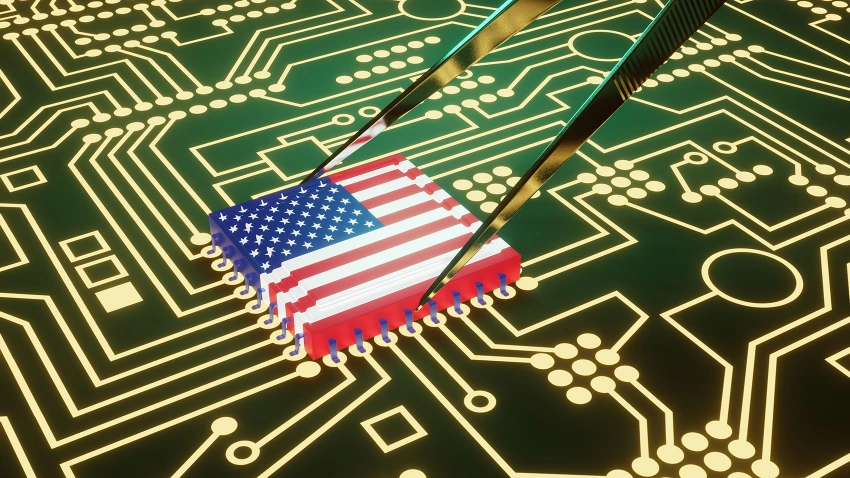Already a subscriber? Make sure to log into your account before viewing this content. You can access your account by hitting the “login” button on the top right corner. Still unable to see the content after signing in? Make sure your card on file is up-to-date.
President Trump has announced plans to impose new tariffs on semiconductors and other key electronics despite messaging over the weekend indicating temporary exemptions for tech products.
Some shit you should know before you read: If you’re unaware, over the weekend news broke that US Customs and Border Protection (CBP) issued a notice exempting a wide range of electronic products from the newly implemented 145% reciprocal tariffs on Chinese imports. The exemption included high-tech consumer devices such as smartphones, laptops, modems, flash drives, and computers—products critical to both consumers and major US tech companies. This decision marked a temporary relief for firms like Apple, which rely heavily on Chinese supply chains for manufacturing and assembly of their most popular devices. There had been some speculation that these exemptions would be in place until the United States and China settled their trade differences.

What’s going on now: While speaking to reporters aboard Air Force One on Sunday, President Trump announced that his administration would soon impose new tariffs on semiconductors and other electronics. He said, “The tariffs will be in place in the not distant future, Because, as you know, like we did with steel, like we did with automobiles, like we did with aluminum, which are now fully on, we’ll be doing that with semiconductors, with chips and numerous other things.“
Trump noted that the goal is to incentivize domestic production and reduce reliance on foreign suppliers, particularly China, though he acknowledged that some flexibility may be necessary for specific products. “You know, you have to show a certain flexibility. Nobody should be so rigid,” Trump told reporters when asked whether devices like iPhones and tablets would be affected.
He declined to specify which products might ultimately be excluded. His comments suggested that while exemptions were possible, they would be handled on a case-by-case basis and likely subject to ongoing discussions with tech companies.
This all comes as the administration prepares to launch a national security review—formally known as a Section 232 investigation—to evaluate the implications of semiconductor imports on US security and critical infrastructure. Modeled after similar investigations that resulted in tariffs on steel, aluminum, and automobiles, the review is expected to serve as the foundation for a new set of targeted import taxes across the electronics supply chain.
On social media, Trump highlighted the broad scope of the planned action, stating that the government would be “taking a look at Semiconductors and the WHOLE ELECTRONICS SUPPLY CHAIN in the upcoming National Security Tariff Investigations.”






